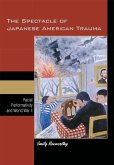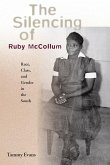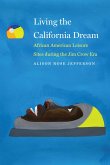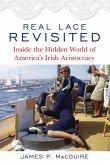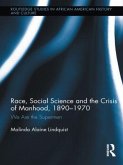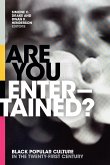The American military started building its massive base complex in Okinawa at the end of World War II. During the decade that followed, US forces seized vast areas of privately owned land, evicting and impoverishing thousands of farmers. US military occupation rule, imposed during the Battle of Okinawa in 1945, lasted until 1972, twenty years longer than the Allied occupation of mainland Japan. Besides land seizures, Okinawans were subjected to numerous human rights violations, including oxymoronic "occupation law" that consistently favored the US military in cases of serious crimes against civilians, denial of the freedom to choose candidates for elected office, and strict limits on travel outside Okinawa, even to mainland Japan. The commanding military presence has persistently stymied economic development in Okinawa, which remains Japan's poorest prefecture. Yet, even as the disproportionate burden of bases continues to impose dangers and disruptions, hundreds of Okinawan women every year have married American servicemen and returned with them to live in the United States. Former Okinawa Times reporter Etsuko Takushi Crissey traveled throughout their adopted country, conducting wide-ranging interviews and a questionnaire survey of women who married and immigrated between the early 1950s and the mid-1990s. She concentrates especially on their experiences as immigrants, wives, mothers, working women, and members of a racial minority. Many describe severe hardships they encountered. In Okinawa's GI Brides, Crissey presents their diverse personal accounts, her survey results, and comparative data on divorces--challenging the widespread notion that such marriages almost always fail, with the women ending up abandoned and helpless in a strange land. Her book, the first on Okinawan wives of US servicemen, also compares the circumstances of their marriages with those of so-called "war brides" and postwar spouses of American servicemen stationed in mainland Japan and Europe. Written in brisk and lively prose, this book is stimulating and informative reading for a general audience, and a timely resource for specialists in the fields of history, political science, sociology, international relations, and anthropology, as well as ethnic, immigrant, and gender studies.
Hinweis: Dieser Artikel kann nur an eine deutsche Lieferadresse ausgeliefert werden.
Hinweis: Dieser Artikel kann nur an eine deutsche Lieferadresse ausgeliefert werden.

